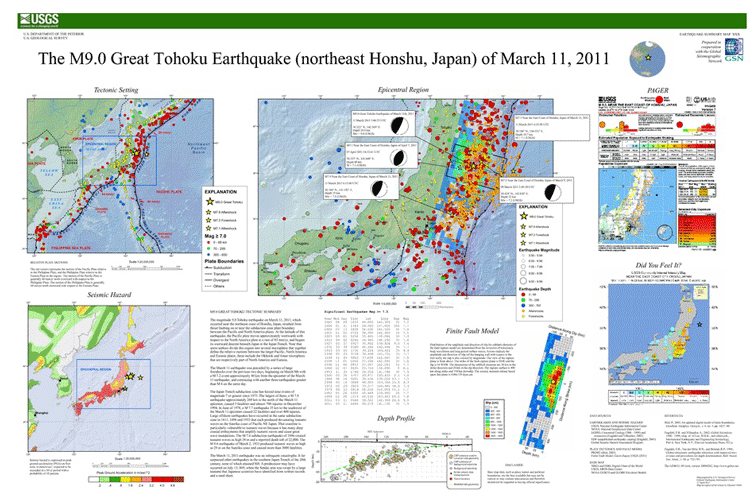Here are some interesting geography facts about Japan.
Japan is an Archipelago
Japan is an Eastern Asia island chain located between the North Pacific Ocean and the Sea of Japan, east of the Korean Peninsula.
Japan is an archipelago made up of 6,852 islands. The four largest islands are Honshu, Hokkaido, Kyushu, and Shikoku and account for 97% of Japan’s total area.
Japan’s Megacity
The Greater Tokyo Area which contains the capital city of Tokyo is a megacity and the most populated city in the world. A megacity is a very large city with a population of more than ten million people.
One-third of the population of Japan resides in and around Tokyo.

High Life Expectancy in Japan
According to the World Health Organization (WHO) Japan has the highest life expectancy at birth with an average age of 84.
Japan’s Rugged Terrain
With a mostly rugged and mountainous terrain, about 73 percent of Japan is forested, mountainous, and unsuitable for agricultural, industrial, or residential use. Related: Japan’s Snow Country

The highest natural point in Japan is Mount Fuji with an elevation of 3,776 meters.
The lowest natural point in Japan is Hachiro-gata with an elevation of 4 meters below sea level.
Volcanic Activity in Japan
There are 108 active volcanoes in Japan.
Notably historically active volcanoes include: Asama (Honshu Island’s most active volcano), Aso, Bandai, Fuji, Iwo-Jima, Kikai, Kirishima, Komaga-take, Oshima, Sakurajima, Suwanosejima, Tokachi, Yake-dake, and Usu.

Both Unzen (elev. 1,500 m) and Sakura-jima (elev. 1,117 m), which lies near the densely populated city of Kagoshima, have been deemed Decade Volcanoes by the International Association of Volcanology and Chemistry of the Earth’s Interior.
Mount Fuji, the highest mountain in Japan is an active volcano.
Seismic Activity in Japan
Located near major tectonic plate boundaries and situated on the Pacific Ring of Fire, Japan is very seismically active with around 1,500 earthquakes each year. Each year, Japan records the most earthquakes in the world.
The deadliest earthquake has been the 7.9 magnitude 1923 Great Kantō earthquake, with 105,385 deaths.
The strongest earthquake on record was the 9.0 magnitude 2011 Tōhoku earthquake which resulted in 15,891 deaths.

Deepest Underwater Postbox
Japan is home to the world’s deepest underwater postbox as recognized by Guinness World Records in 2002. Located in Susami, a fishing town in Wakayama Prefecture, over 32,000 pieces of mail have been posted to the box since it was installed in 1999.
Accessible by diving, senders deposit notes written by oil-based paint marker on water-resistant paper into the mailbox. The mail is collected every few days and sent on to the recipients.
